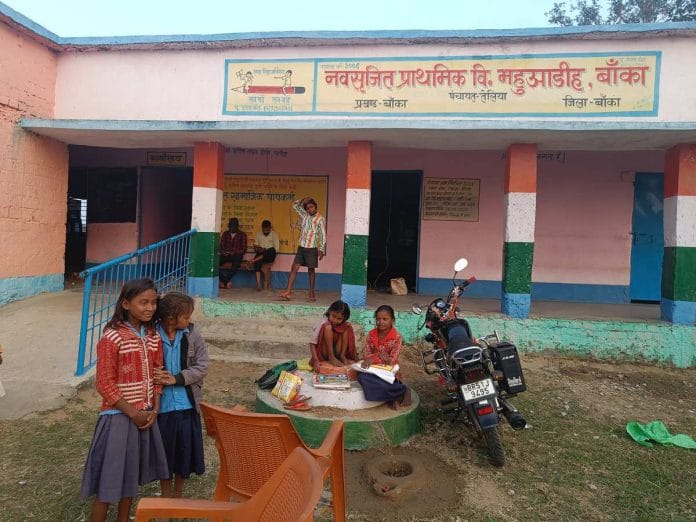Thank you dear subscribers, we are overwhelmed with your response.
Your Turn is a unique section from ThePrint featuring points of view from its subscribers. If you are a subscriber, have a point of view, please send it to us. If not, do subscribe here: https://theprint.in/
Four years after its adoption, the Hyderabad Charter for Gender Equity in Physics has yet to deliver measurable gains for women in Indian physics. Data from the 2021 International Conference on Women in Physics (ICWIP) showed that while women comprised 30% of physics PhD students, their representation plunged to just 14% at the faculty level. Across India’s STEM faculties, women hold only 13.5% of positions, with physics among the lowest disciplines.
Leading institutions such as the IITs and IISERs echo this trend: women make up only 14% of physics faculty, a figure largely unchanged since the Charter’s signing in 2020. According to the Charter itself, “the fraction of women with PhDs in physics who are employed in tertiary education countrywide is just 20%, far less than in, say, biology. That fraction plummets to 10% and lower in the elite research institutions”.
“Time alone will not achieve gender equality,” notes the Charter’s preamble, emphasizing that “conscious action is essential” and that interventions must respond to “regular monitoring of the status of the enterprise”.. Yet, no centralized monitoring mechanism has been established, and signatory institutions have not released public progress reports. This absence of transparency makes independent assessment of the Charter’s impact all but impossible.
At the 2019 “Pressing for Progress” conference, Prof. Sunil Mukhi of the Tata Institute of Fundamental Research highlighted a core challenge: “young female scientists often lack the same quality and quantity of support that their male counterparts receive”.
Despite over 300 physicists and 15 institutions endorsing the Charter, mentorship initiatives remain sporadic, and structured networks for women researchers have yet to take root.
In 2020, Hindustan Times reported that “over 500 Indian physicists have endorsed the Hyderabad Charter for Gender Equity in Physics—a call to action to fix systemic barriers”, acknowledging that structural discrimination, not a few “bad apples,” underlies persistent gender gaps. Yet four years on, the systemic issues—biased hiring, exclusion from key committees, and a culture of microaggressions—remain widespread.
Women face a pronounced “leaky pipeline”: they represent nearly one-third of PhD and postdoctoral cohorts but are vastly underrepresented in faculty and leadership roles. A 2023 study by the AIP Publishing noted modest gains from workshops and mentorship programs but concluded that “awareness has increased, yet network-building and data collection efforts lack institutional backing”.
Intersectional disparities further compound the challenge. Dalit, Muslim, and tribal women physicists grapple with both gender bias and social prejudice, yet there is virtually no published data tracking their progress. As the Charter warns, “when a process of selection reduces the gender fraction from that in the pool, it is a signature of a biased process”—yet no institution has publicly examined these selection processes.
Government initiatives such as Gender Advancement through Transforming Institutions (GATI) and proposals in the Science and Technology Innovation Policy signal political will to mainstream equity, but detailed impact assessments remain pending. Without gender-disaggregated data on grant allocations and promotions, the efficacy of these schemes cannot be gauged.
Experts argue that real progress hinges on transparency. “Institutions must assume immediate and ongoing responsibility to move towards gender equality,” states the Charter’s guiding principles. To date, however, the lack of published audits and oversight bodies has left the Charter’s commitments largely symbolic.
As Indian physics departments prepare for the next academic cycle, the Hyderabad Charter’s promise hangs in the balance.
Will 2025 bring the first comprehensive progress report, or will women in physics continue to wait for the structural changes they were promised?
Only sustained monitoring, open data, and institutional accountability can transform the Charter from aspirational text into the catalyst for genuine gender equity.
Citations:
- Transactions NASTPHL
- Astronomical Society of India.
- Tata Institute of Fundamental Research.
- Hindustan Times
- AIP Publishing.
- arXiv
These pieces are being published as they have been received – they have not been edited/fact-checked by ThePrint.


